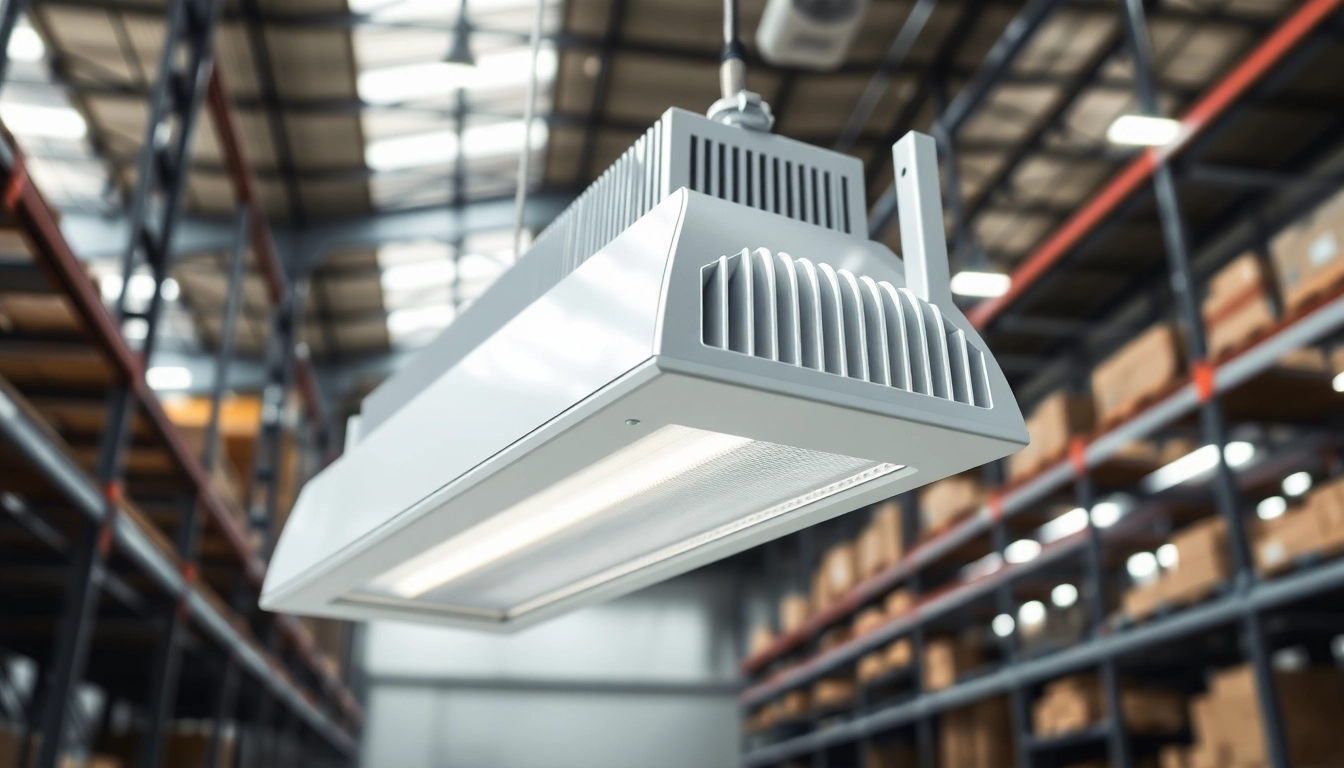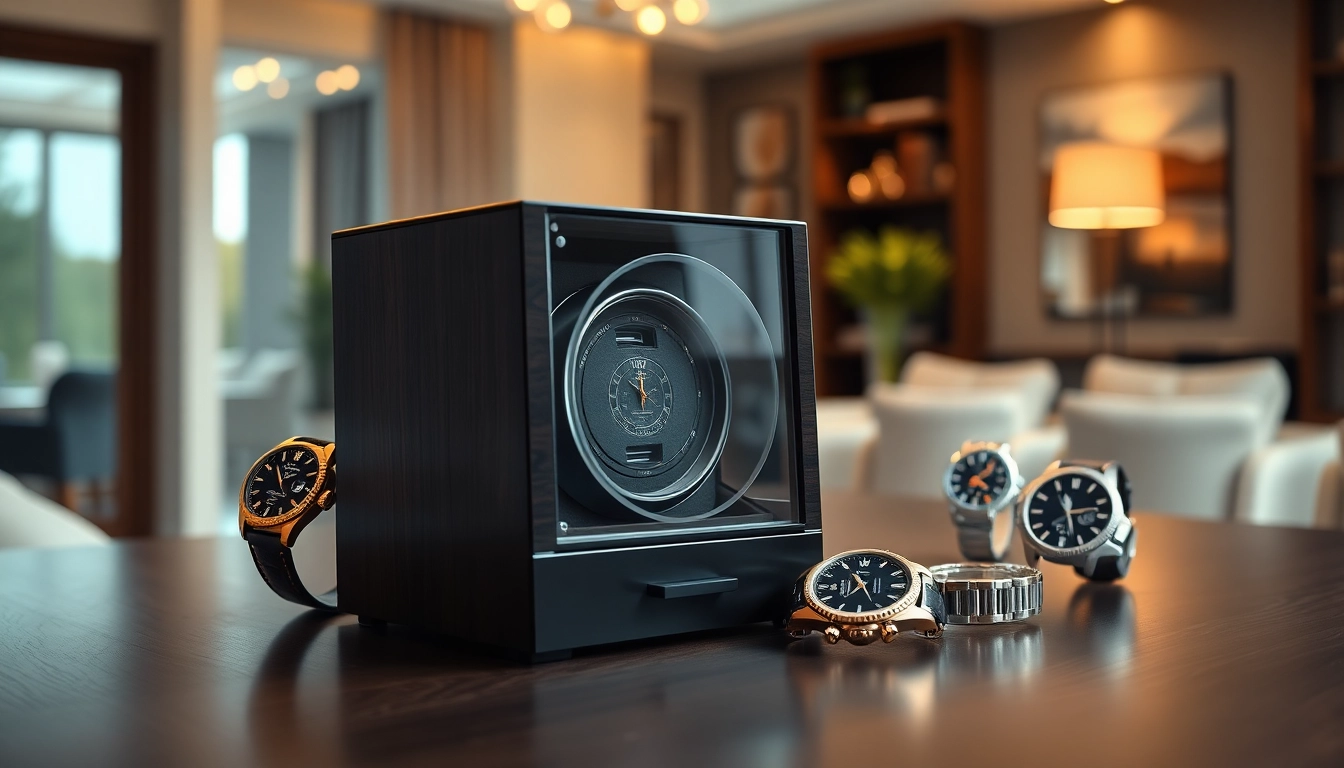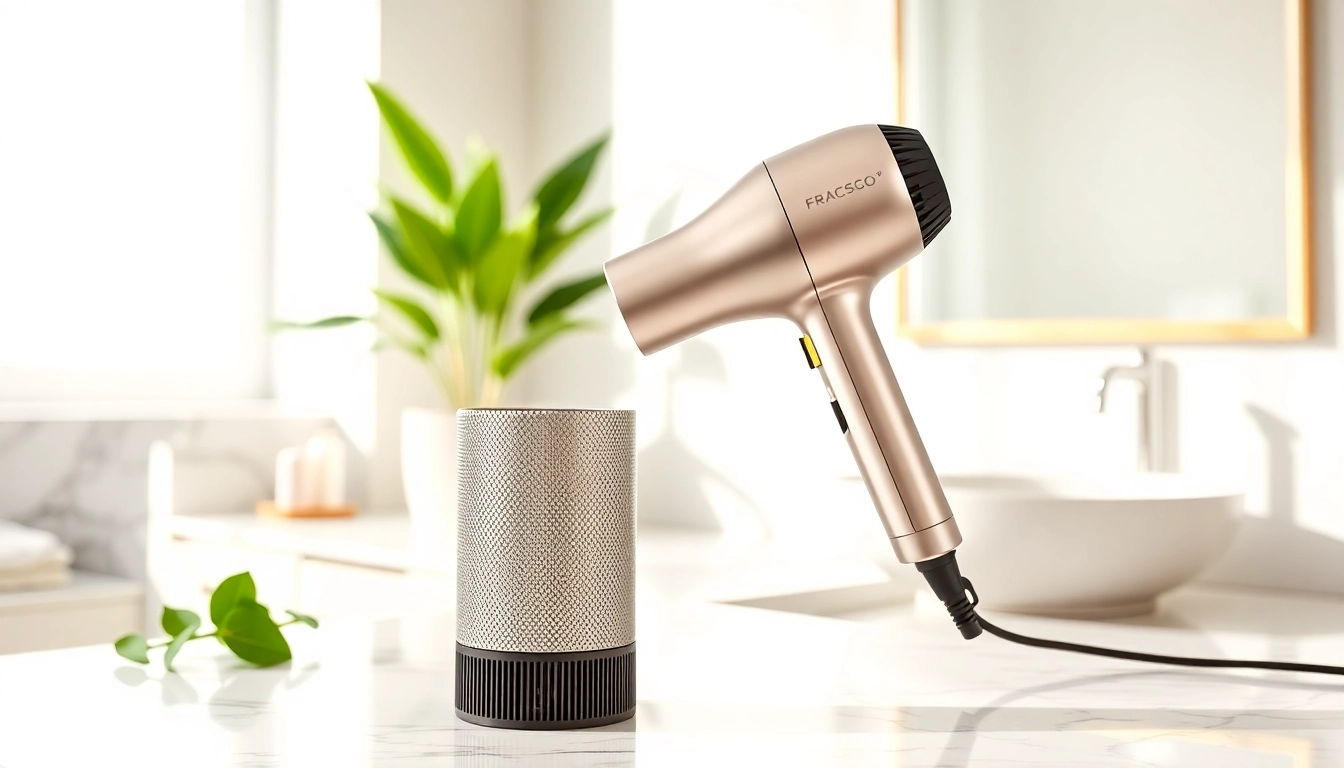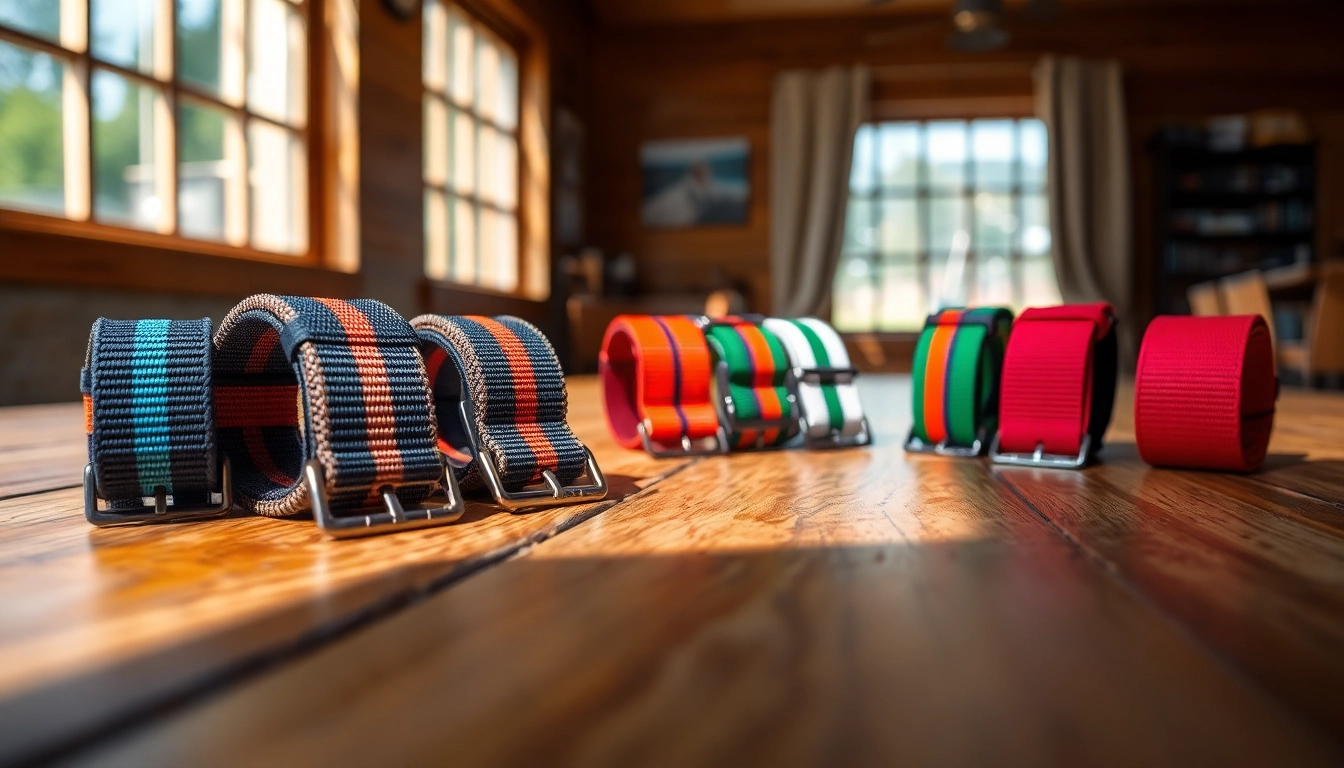Understanding Vapor Tight Light Fixture
Definition and Purpose
In the world of specialized lighting solutions, the Vapor Tight Light Fixture stands out for its unique ability to withstand harsh environmental conditions. Designed specifically to prevent the intrusion of moisture, dust, and other airborne contaminants, these fixtures are engineered for reliability in demanding settings. The primary purpose of a vapor tight light fixture is to provide consistent illumination while ensuring that the internal components remain intact and functional, even in wet and hazardous locations.
Key Features of Vapor Tight Light Fixture
Vapor tight light fixtures boast several distinctive features, making them ideal for use in environments where traditional lighting solutions may fail. Key characteristics include:
- Sealed Construction: These fixtures are hermetically sealed to prevent moisture and debris from entering, typically featuring gaskets and durable materials.
- Robust Materials: Constructed from heavy-duty materials such as polycarbonate or polycarbonate blend, they offer high impact resistance.
- Energy Efficiency: Many options incorporate LED technology, providing significant energy savings through lower wattage and higher lumen output.
- Wide Operating Temperature Range: Designed to function in extreme temperatures, ensuring reliability in fluctuating conditions.
Benefits of Using Vapor Tight Light Fixture
The adoption of vapor tight light fixtures comes with numerous benefits, particularly in environments such as industrial, commercial, and outdoor settings:
- Durability: The robust design extends the lifespan of the fixture, reducing the frequency and cost of replacements.
- Safety: Enhanced safety features minimize hazards related to electrical failures or fire risks, particularly in moisture-laden environments.
- Versatility: They can be used in a variety of locations, from garages and warehouses to food processing plants and outdoor pavilions.
- Low Maintenance: The sealed design reduces dirt and grime build-up, resulting in less frequent maintenance needs.
Applications of Vapor Tight Light Fixture
Ideal Environments for Vapor Tight Light Fixture
Vapor tight light fixtures are particularly well-suited for environments that experience high levels of moisture or dust. Ideal applications include:
- Parking Garages: These fixtures provide reliable lighting that withstands the damp conditions often found in underground garages.
- Food Processing Facilities: The moisture and cleanliness requirements are met by using fixtures that don’t allow contaminants.
- Warehouses: With a focus on efficiency and safety, these fixtures illuminate large spaces effectively.
- Outdoor Areas: Whether for pathways or dining spaces, vapor tight fixtures can withstand adverse weather conditions.
Common Industries Using Vapor Tight Light Fixture
Various industries benefit from the versatility and reliability of vapor tight light fixtures, including:
- Manufacturing: Provides necessary illumination in assembly lines and production areas.
- Retail: Enhances security lighting in entrances and open sales areas.
- Healthcare: Maintains cleanliness and visibility in hospital settings.
- Transportation: Facilitates safe navigation in stations and transit areas.
Usage Examples of Vapor Tight Light Fixture
Real-world application of vapor tight light fixtures can be seen in:
- Car Washes: Continuous exposure to water and suds requires fixtures that can maintain performance.
- Outdoor Sports Facilities: Illuminating practice fields and courts in variable weather conditions.
- Agricultural Settings: Ensures proper lighting in barns and greenhouses where moisture is prevalent.
Technical Specifications of Vapor Tight Light Fixture
Wattage and Lumens Output
Vapor tight light fixtures come in different wattage options, typically ranging from 20W to 80W, depending on the size and application. Lumens output varies accordingly:
- 20W: Approximately 2,600 lumens, ideal for small spaces.
- 40W: Provides around 5,200 lumens, suitable for medium-sized areas.
- 60W: Generates about 7,800 lumens, appropriate for larger installations or workspaces.
Ingress Protection Ratings of Vapor Tight Light Fixture
The Ingress Protection (IP) rating indicates the level of protection a vapor tight light fixture has against dust and moisture. Ratings often seen include:
- IP65: Dust-tight and protected against water jets from any direction.
- IP66: Dust-tight and protected against powerful water jets, suitable for harsh outdoor scenarios.
- IP67: Protected against temporary submersion in water, making it ideal for exposed outdoor lighting.
Installation Considerations for Vapor Tight Light Fixture
When installing vapor tight light fixtures, several considerations should be made to ensure optimal performance:
- Mounting Height: Assess the required height for illumination coverage in the intended area.
- Electrical Compatibility: Adhere to local electrical codes and ensure compatibility with existing systems.
- Orientation: Ensure the fixture is oriented correctly to maximize light distribution and minimize direct water exposure.
Comparative Analysis of Vapor Tight Light Fixture
Vapor Tight Light Fixture vs. Standard Fixtures
When comparing vapor tight light fixtures to standard fixtures, several key differences emerge:
- Protection: Vapor tight fixtures provide superior protection from environmental factors, allowing them to last longer in challenging conditions.
- Energy Efficiency: Many vapor tight fixtures use LED technology, which is generally more efficient than traditional lighting options.
- Maintenance Needs: Standard fixtures often require more frequent maintenance due to exposure to moisture and dust.
Energy Efficiency of Vapor Tight Light Fixture
The energy efficiency of vapor tight light fixtures is a crucial consideration, particularly with rising energy costs. Incorporating LED solutions not only reduces energy consumption but also enhances luminosity. These fixtures can lead to energy savings of up to 80% when compared to traditional incandescent or fluorescent lights, translating into lower utility bills.
Long-Term Cost Benefits of Vapor Tight Light Fixture
Investing in vapor tight light fixtures can yield significant long-term cost savings:
- Reduced Replacement Costs: Longer lifespan means fewer replacements and lower associated costs.
- Lower Maintenance Costs: With less frequent cleaning and repairs required, overall maintenance costs decline.
- Energy Savings: The energy efficiency translates to lower electricity bills, contributing to overall budget reductions.
Maintenance and Care for Vapor Tight Light Fixture
Cleaning and Upkeep Tips
To maintain the effectiveness of vapor tight light fixtures, regular cleaning and care are essential. Here are some tips:
- Regular Inspection: Periodically inspect seals and housing for wear and ensure there are no cracks.
- Gentle Cleaning: Use a soft cloth and mild detergent to clean the exterior surfaces, preventing scratches.
- Avoid Harsh Chemicals: Steer clear of abrasive cleaners or solvents that could damage the fixture.
Troubleshooting Common Issues with Vapor Tight Light Fixture
While vapor tight light fixtures are designed to be durable, issues may arise. Here are common problems and suggested troubleshooting steps:
- Dim Lighting: Check connection points and ensure the bulbs are seated properly.
- Flickering Lights: Inspect for faulty wiring or connections that may need re-tightening.
- Moisture Accumulation Inside Fixture: Confirm that seals are intact and not compromised.
When to Replace Your Vapor Tight Light Fixture
It’s essential to know when to replace your vapor tight light fixture to ensure continued safety and efficiency. Signs that it’s time for replacement include:
- Visible Damage: Cracks or breaks in the housing can indicate that the fixture is no longer sealing effectively.
- Persistent Flickering: If troubleshooting does not resolve flickering, it may be time to replace the fixture.
- Increased Energy Bills: A noticeable spike in energy consumption could signal that the fixture is no longer operating efficiently.












Leave a Reply